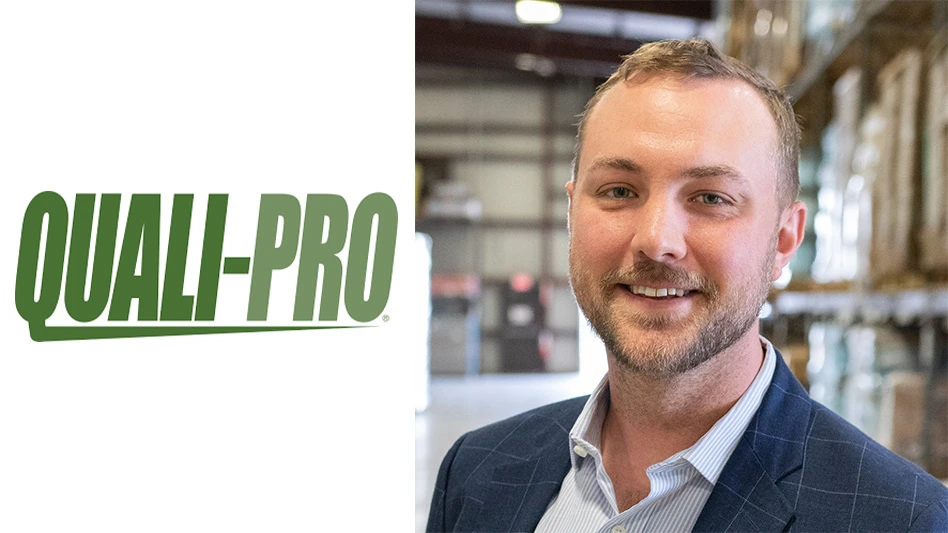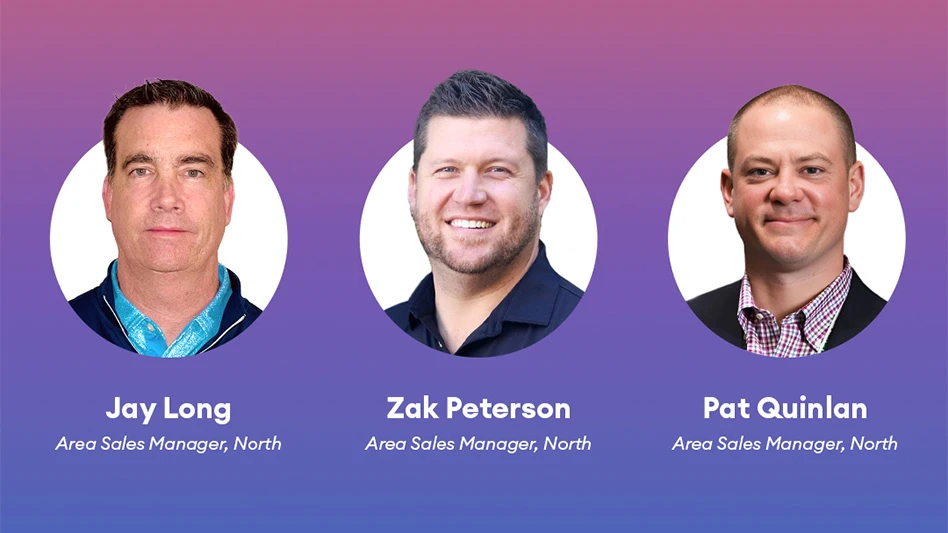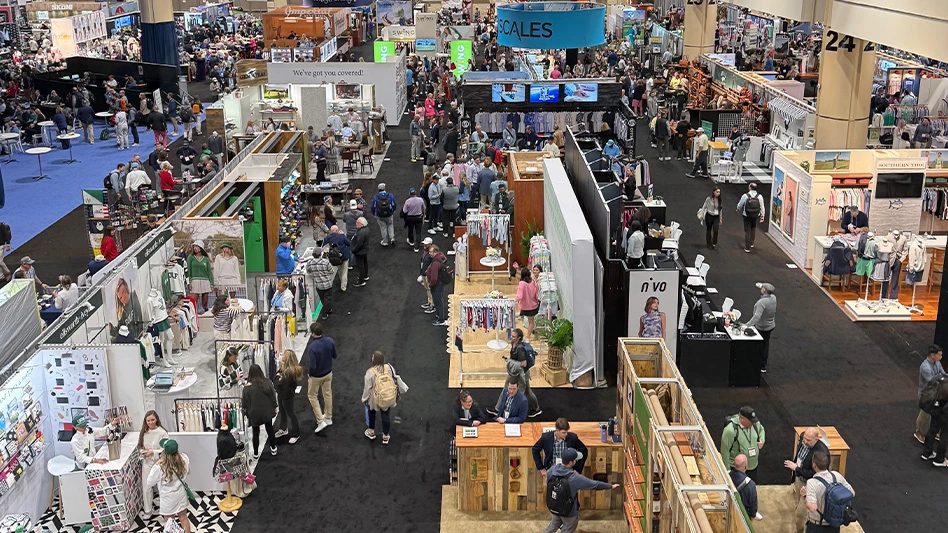
Guy Cipriano (2), Matt LaWell (2)
Somewhere, there is a list of truths about trade shows — things you need to know to survive a day or two or four on the floor:
Pick up a map — preferably printed on paper and not just available on an app on your phone — before heading in.
Bring a notebook — and a cell phone charger — along with that stack of business cards.
Wear comfortable shoes.
Spend some time standing on the padded carpet.
Remember to eat.
And remember to drink. Drink what, you ask? Morning coffee if you need it, an afternoon beer if some company or another is just giving them away, and water the rest of the day. Always water.
There is one truth that tends to be lesser known, because so many trade shows are in spots with favorable weather, and it is this: When the weather turns — and especially when the rain starts — everybody heads indoors and the show really starts to fill up.
On Wednesday, the 2025 PGA Show floor was absolutely packed.
Rain had poured over Orlando for two days by then, courses across a golf-crazed corner of the country were soaked, and so many people were walking around inside the Orange County Convention Center — hopefully in comfortable shoes. People in every direction, hawking clothes, selling simulators, showing off the latest tech, most dressed for an afternoon in the clubhouse. And most people were never walking at their own pace, always at the same speed as whoever was in front of them, and there was always someone in front of them. Turning left into some other aisle should have required a signal.
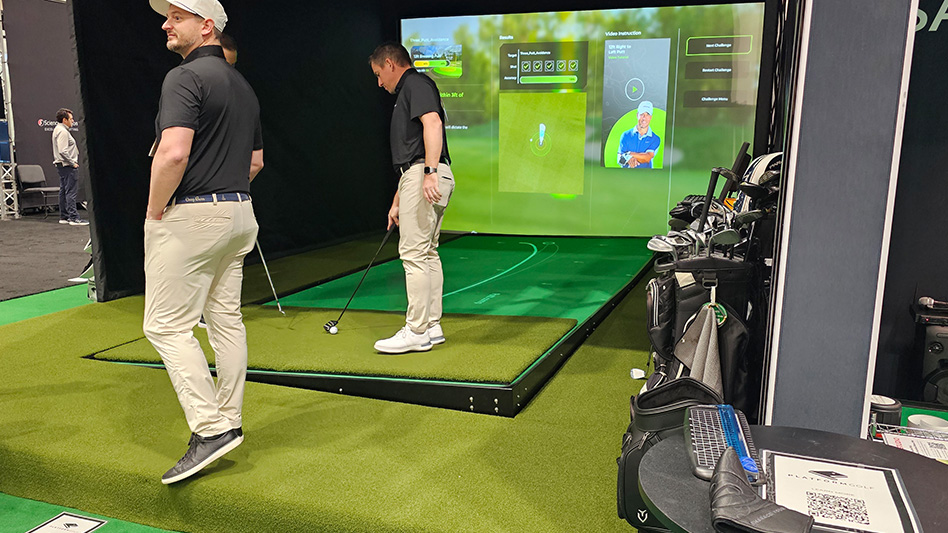
This PGA Show was the biggest since 2009 — the last to be booked before the Great Recession sparked financial collapse and the end of the Tiger Boom. More than 1,000 companies. More than 7,000 professionals. More than 30,000 attendees. More than — ahem — 1 million square feet of show floor space. Heaven help anybody in there who lives with ADHD and forgot to pack their medication.
The floor was so big that the show felt like three or four shows all under one roof. Just like 1980s and ’90s kids, you could choose your own adventure. Golf Course Industry publisher + editor-in-chief Guy Cipriano and I opted to spend most of our morning checking out simulators: Golfjoy. Golfzon. EZ Golf. Inrange Golf. Uneekor. SimBooth. Nvisage Technologies. Foresight Sports. Science & Motion Sports. Want to add or upgrade your indoor offerings for 2025 and beyond? No matter your budget, your physical space limitations, or your knowledge of the tech, there were hundreds of options that seemed perfect.
One simulator marketing manager told us that when he entered the space a decade and a half ago — around the time the PGA Show was last this big — you could count the simulator companies on the floor on one hand. Another told us that the simulator market is already more than $1 billion and will likely hit $3 billion in the next year or so. A third equated the simulator sub-industry to being not in its infancy but in its teenage years — in large thanks to the exposure that TGL has given the technology. “That alone,” he said, “has been enough to make people Google, ‘How much does a launch monitor cost?’”
And how much does a launch monitor cost? Depends how much you want to spend. Still another marketing manager compared some offerings to Honda Civics and others to Ferraris. (Of course, he said the one he’s selling is a Ferrari.) You can get in the game for less than $10,000. If you want a new building full of bays designed to spike membership and give your club a year-round golf community, you can spend seven figures pretty quickly.
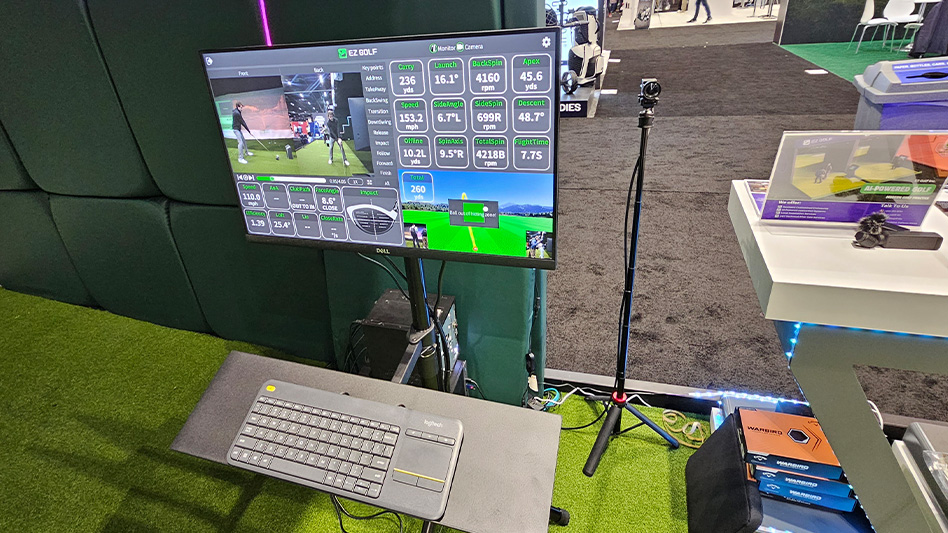
No matter your opinion about simulators, one thing that seems certain is that they’re not going away: According to the National Golf Foundation’s most recent Graffis Report, released last week and worth every second you spend reading it, among the 47.2 million Americans who played golf last year, only 11 million played exclusively on the course. Another 17.1 million split their time on and off the course. The remaining 19.1 million played only off course. And for at least the second consecutive year, every age demographic under 50 is playing more golf off course than on.
How many of those 19.1 million off-course exclusive golfers will ever play a round on grass? That is one of the more pressing questions — if not the most pressing — for the health of the game as the 2020s march forward. But what pros and superintendents alike can do is maximize every experience in the clubhouse and from the first tee.
Late during our day on the floor, Guy turned to me and said, “If I were running a golf course, I would send the superintendent and the professional, together, to the PGA Show one year and the GCSAA Conference and Trade Show the next.”
Plenty of pros could absolutely stand to learn more about agronomy. And plenty of superintendents could become better at what they do by stepping outside the tiny — and incredibly important — part of the industry they’ve mastered.
They just need some comfortable shoes for walking around.
I saw some flashy new pairs over on the far side of the floor.
Matt LaWell is Golf Course Industry’s managing editor. He walked 23,435 steps during his one day at the PGA Show.
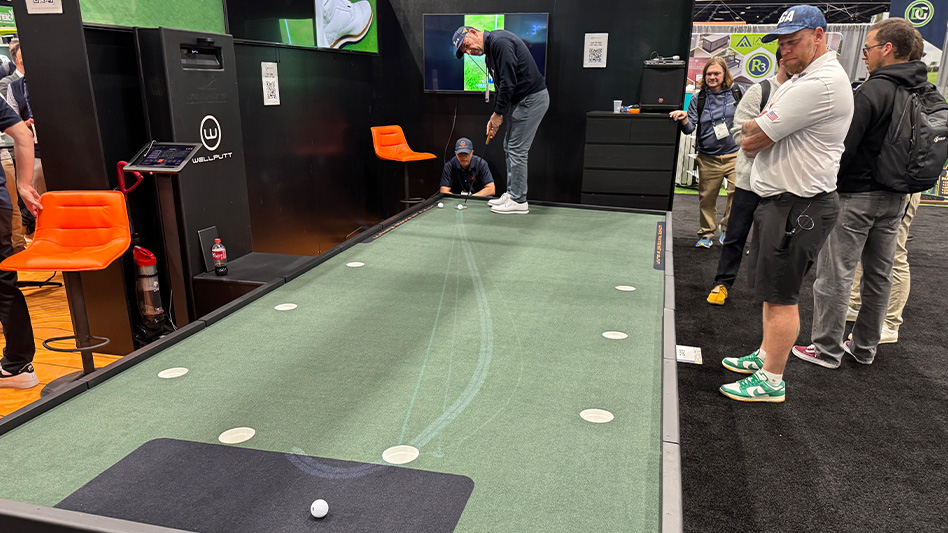
Latest from Golf Course Industry
- From the publisher’s pen: Technology diffusion and turf
- Applications open for 2025 Syngenta Business Institute
- Smart Greens Episode 1: Welcome to the digital agronomy era
- PBI-Gordon promotes Jeff Marvin
- USGA investing $1 million into Western Pennsylvania public golf
- KemperSports taps new strategy EVP
- Audubon International marks Earth Day in growth mode
- Editor’s notebook: Do your part



